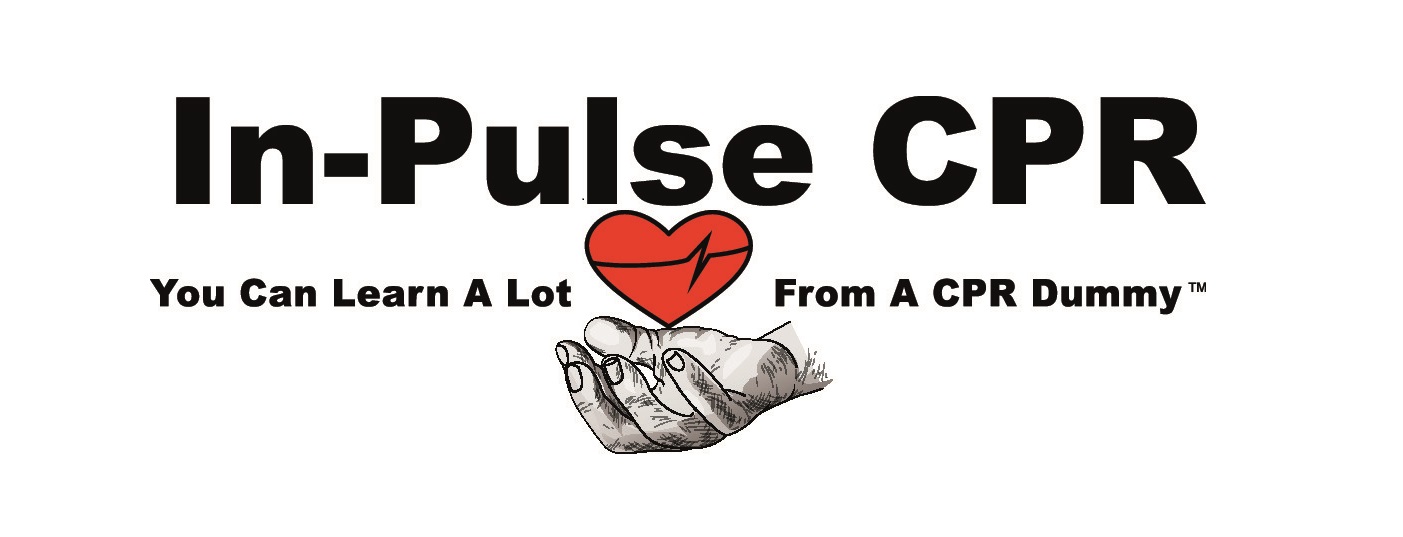The Hollywood Heart Attack
New Information has Revealed that Heart Attacks for Men and Woman are Different
You’ve seen it dozens of times before, plastered across your television screen: the agonized grimace, the surprise collapse, and the painful grasping at one’s chest. In the world of medicine, it’s called the Hollywood Heart Attack. For one woman’s beloved husband, a doctor himself who became a patient in a matter of moments, it was the initial step in a five-year medical journey of cardiac crises, leading to a final destination in 1978.
In years that followed that experience, Martha Lear believed, like most do, that what she had seen was the norm in the world of heart attacks. The assumption that the Hollywood Heart Attacks the paradigm of how cardiac arrest was meant to take place only experienced a change a couple of years ago, when she experienced her own.
She reported her attack to be far different from her husbands, starting with no problems one moment, then feeling somewhat out-of-sorts the next, with a fluttering sensation in her stomach that rose up to her throat. She experienced chills, a small amount of pressure in her chest, vomiting, and some unexpected diarrhea. There was no TV screen drama involved, just a bunch of different symptoms that created a situation she couldn’t quite name. Perhaps the flu, or a bad bite to eat, maybe even too much wine. Yet, her experience and the pressure on her chest prompted her to ask her second husband whether it may have been a heart attack.
Slight Chest Pressure
Although he said that the issue was probably little more than a stomach bug, the pressure on her chest continued to nag at her. She called her doctor and confessed her symptoms, hoping for an answer. After mentioning her diarrhea, a symptom that doesn’t typically present in heart attacks, the doctor commented that the situation didn’t sound much like a heart problem. However, he recommended that she get some sleep, and visit the surgery for an EKG in the morning.
As the pressure began to ease, she fell asleep and woke up the next morning without much complaint, deciding to have the test simply because she had agreed to it already. Of course, she didn’t expect any bad news, but the echocardiogram and EKG given by the doctor had other plans, it had been a ‘substantial heart attack’, not massive, but definitely more than mild.
Within moments, she was living a De Ja Vu of her husband’s problems, sitting within the same hospital her husband, Harold Lear, had worked and died in, in the same unit, speaking to the very same cardiologist. After a stent was implanted within one of her occluded arteries, Martha quickly recovered, and was told she would be allowed to leave the hospital in four days. However, a bad infection kept her trapped for four weeks instead, enough time for her to update her education about the female heart.
The Biggest Threat to Woman
The first thing she learned was that the biggest killer of women in America was not actually breast cancer, as is believed in a lot of circles. It’s actually heart disease. Although the American Heart Association often tells Americans about how important it is to look after their hearts, most are too busy being concerned about cancer that they don’t have time to worry about other potential issues. Yet, the truth is that the heart kills more people than all of the different kinds of cancer combined.
The second thing she learned, was that her heart attack, and her husbands, were wonderful demonstrations of how strikingly different cardiac problems can be between the genders. Where men typically suffer from crushing pain, women experience nausea, and women are more likely to experience warning signs such as fatigue and insomnia. Women, she found, were more likely to die within a year of experiencing a heart attack, and their experience could be so varied that most did not seek out help until it was too late.
In an effort to discover more, Martha began to speak to doctors and keep a journal of her findings. A practitioner told her that anything from the space beneath her nose, to the area above her pelvis could constitute a symptom of a heart attack in a woman. That includes the abdomen, diaphragm, arms, chest, shoulders, back, throat, neck, and jaw.
Obviously, Martha found the news terrifying, but her nurse told her that it was just ‘information’, and information was important. It helps people to care for themselves.
Still, nobody is quite sure why the differences between genders exist. Some believe that it is because women have slimmer arteries than men, or because their hearts beat faster. However, the solid evidence just isn’t there, and the reason for this is gender bias. Until quite recently, there wasn’t a sufficient deal of research on heart attacks in women, simply because medical professionals did not believe that women suffered from cardiac arrest.
Research studies used subjects that were all male, and when women and men reported the same symptoms, the men were treat aggressively and the women were given a psychiatric diagnosis. In a survey of doctors given in 1996, two thirds had no idea about the differences in heart attacks between men and women.
A Serious Point of Concern
Medicine didn’t begin to change until 2001, when a study given by the United States Institute of medicine found a legitimate gender bias in all areas of medical research. Now there has been some improvement, although women still only make up about 24% of participants in studies related to the heart.
What we do know is that nearly half a million women every year suffer from heart disease, and it is crucial for them to seek help as fast as possible. The symptoms for a heart attack in a woman could include shoulder, neck, belly, and back pain, but there is very little in the way of determining whether a back pain is just a back pain, or a sign of a heart attack.
Martha’s doctor suggested that, although people shouldn’t rush out to report every single problem they might suffer, it is important to be aware of symptoms that they haven’t experienced before. If something is new, it’s important to phone a doctor and tell them about it. After all, you don’t necessarily have to be scared, but you should always be informed.




